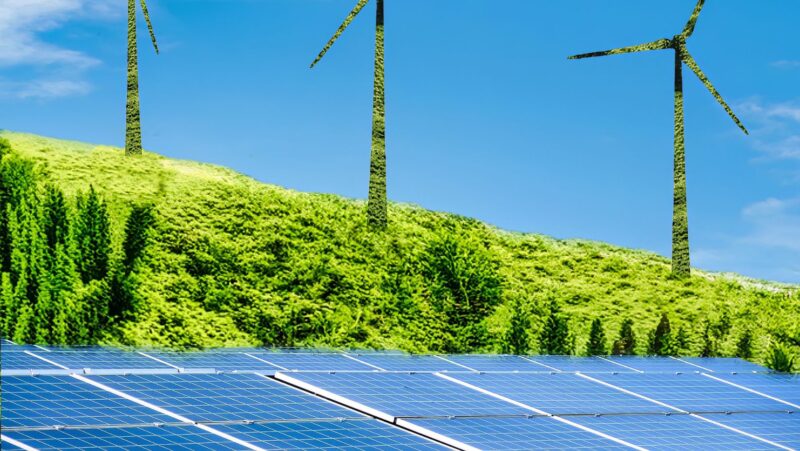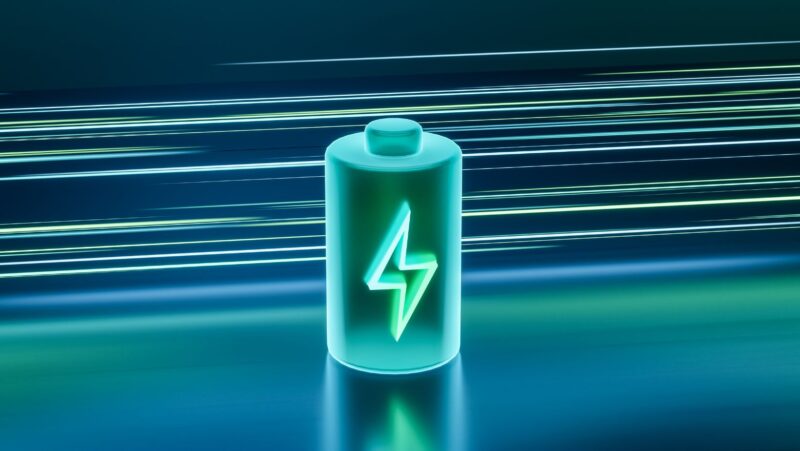 In the face of escalating environmental concerns, green tech innovations are rapidly becoming a beacon of hope. These groundbreaking technologies, from solar-powered devices to electric vehicles, are not only redefining our lifestyle but also reshaping the future of our planet.
In the face of escalating environmental concerns, green tech innovations are rapidly becoming a beacon of hope. These groundbreaking technologies, from solar-powered devices to electric vehicles, are not only redefining our lifestyle but also reshaping the future of our planet.
This article delves into the fascinating world of green tech, highlighting the latest advancements that are driving sustainable change. It’s a journey through innovation, demonstrating how technology can work in harmony with nature, rather than against it. So, if you’re passionate about sustainability and curious about the role of technology in it, you’re in the right place.
Stay tuned as we explore the green tech revolution, a movement that’s proving every day that a greener, cleaner future isn’t just possible — it’s already here.
Green Tech Innovations
This section delves deeper into the world of green tech innovations, building upon the understanding that these remarkable technologies offer hope amidst rising global environmental concerns. It seeks to elucidate their definition and scope, and chart the course of their history, underlining their efficacy in creating a sustainable change.
Definition and Scope
Green tech innovations refer to novel scientific approaches and technologies that are geared towards creating an environmentally friendly, sustainable world. They encompass a wide spectrum, ranging from renewable energy solutions, such as solar-powered devices, to clean transportation alternatives like electric vehicles. Broad in its scope, it also includes innovations in recycling, water purification, waste management, and environmentally-friendly construction techniques. The crux rests in their inherent design to work in harmony with nature, reinforcing sustainable practices.
sustainable world. They encompass a wide spectrum, ranging from renewable energy solutions, such as solar-powered devices, to clean transportation alternatives like electric vehicles. Broad in its scope, it also includes innovations in recycling, water purification, waste management, and environmentally-friendly construction techniques. The crux rests in their inherent design to work in harmony with nature, reinforcing sustainable practices.
Moreover, these green tech innovations do not just mitigate environmental challenges but aim at enhancing the quality of life. Additionally, they present lucrative business opportunities, transforming the existing economic landscape and propelling the green economy. This multifaceted domain, therefore, does not only have environmental implications but social and economic ones as well.
Brief History of Green Technology
The genesis of green technology roots back to the late 19th and early 20th centuries, spurred by the industrial revolution and its evident  environmental impact. The introduction of septic tanks and sewage systems, for instance, kickstarted a quest for cleaner cities. Electricity generation via wind and water was another early inception.
environmental impact. The introduction of septic tanks and sewage systems, for instance, kickstarted a quest for cleaner cities. Electricity generation via wind and water was another early inception.
Paradigm shifts mainly occurred during the mid to late 20th century, emphasized by the establishment of environmental agencies and the enforcement of laws geared towards environmental preservation. An example of such a shift included the mainstream acceptance of solar energy as a viable alternative to non-renewable sources. Electric vehicles also made their debut, challenging traditional cars and their carbon emissions.
In the 21st century, green technology has seen an unprecedented surge. The world witnessed the rise of green architecture, sustainable agriculture practices, innovative recycling technologies, and more. This era could be dubbed as the ‘Era of Green Tech Revolution,’ with the proliferation of transformative ideas and technologies aiming at a greener, cleaner future. The journey still continues, with every stride designed to conserve the planet and its resources.
Key Areas of Green Tech Innovations
Green tech innovations reveal themselves in various sectors, creating a considerable impact. From renewable energy sources to sustainable transportation and green building techniques, the reach of green tech extends broadly in our daily lives. Here, let’s pinpoint and delve deeper into these pivotal areas.
Renewable Energy Sources
Fading are the days of dependency on fossil fuels. Renewable energy sources, namely wind turbines, solar panels, and hydroelectric power plants, serve as front-runners in the energy sector. Solar panels, stationed on rooftops or extensive solar farms, convert solar energy into usable electricity. Wind turbines do the same, but harness the power of the wind. They’re installed on open plains or offshore, efficiently generating power. Hydroelectric power plants, on the other hand, employ the kinetic energy of flowing or falling water, producing electricity in large quantities. These innovations, with their zero carbon emissions, demonstrably mitigate the severity of climate change by reducing the carbon footprint.
Sustainable Transportation
Transitioning from conventional to sustainable transportation stands as another notable instance of green tech innovation. This transition mainly represents itself through the popularity growth of electric vehicles (EVs). Electric vehicles function on electricity stored in inbuilt rechargeable batteries, eliminating the exhaust emissions common in traditional fuel vehicles.